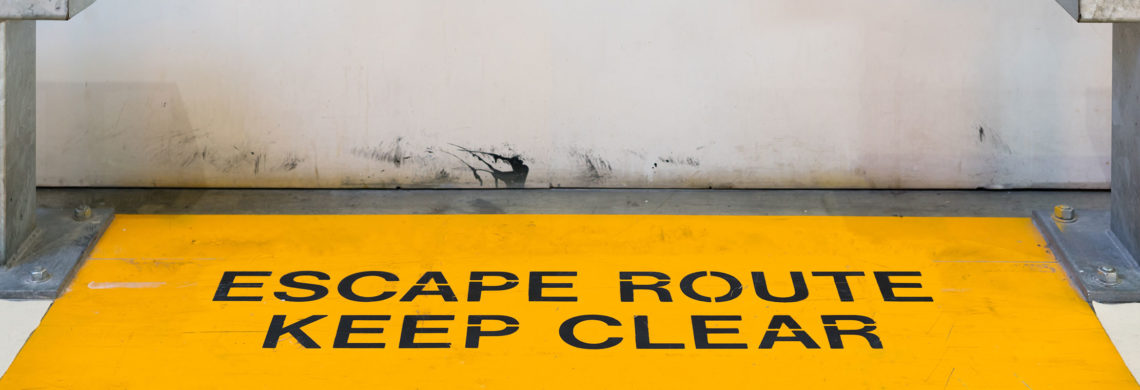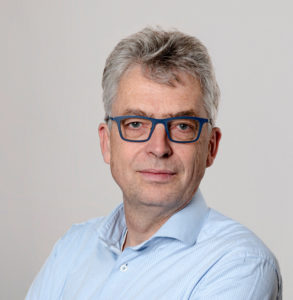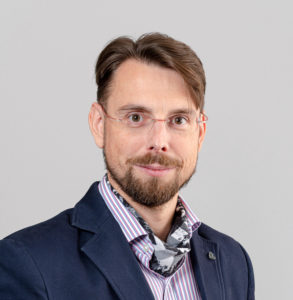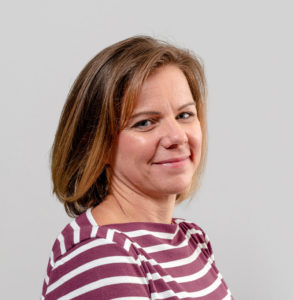More accidents just waiting to happen?
11 may 2018

A recent catastrophe in a shopping centre in Russia cost 64 people their lives. In 2012, 19 people died in a fiery inferno at the Villagio Mall in Doha, Qatar. “The question is where on earth the next accidents ‘just waiting to happen’ will take place”, desperately wonders Riskonet’s Ron de Bruijn – and a number of Riskonet experts with him.
“In the Russian city of Kemerovo, the fire alarms didn’t sound, and the emergency exits were blocked. In Doha, gross negligence and grave errors were the cause of the disaster. But were these only incidents? I’m afraid they are more symptoms of the same problem, namely that organisations appear to be willing to spend hundreds of thousands, if not millions, of euros to pay for fire safety systems that do not work as intended. The question is, are these organisations aware of this, but simply ignore it? Do they simply get on with their lives, hoping nothing will happen? Or is it a matter of ignorance?
I suspect the latter, since apparent compliance with legislation and regulations gives a false sense of safety: we’ve installed systems, the fire authorities have given their approval, the systems fulfil all the requirements and we have stamps and documents to prove it. In other words, ‘we’ve fulfilled our responsibilities’. End of story.
But reality shows the dramatic consequences that such a mind-set can have. In Doha, the mall owners were sentenced to six years in prison and, in Russia, the governor of the Kemerovo region resigned. So, these events not only have a negative impact on the lives of business professionals, but also political ramifications. Apart from the direct consequences for those involved, such catastrophes can also have significant, often uninsured financial consequences for the companies involved.
The next disaster: Teheran?
Global brands can also become directly involved in such an incident – with catastrophic consequences for both visitors and their brand. I recently visited the Tehran Book Garden while on holiday. There was a large technology centre for children, sponsored by the global brand LG. What we saw shocked us: the sprinklers were poorly installed – many still had the protective caps on them – and barely functioned or not at all. Emergency exits were also blocked, the evacuation alarm system was not installed properly and the evacuation signs were barely visible.
The question is: how many similar situations are there in the world that we are not (yet) aware of? And how can they be explained based on local culture and the specific situation? I asked this very same question to a number of Riskonet colleagues in the Netherlands, Poland, Turkey and Iran.”
Leszek Golachowski (Riskonet Poland) comments:
“Although the level of professionalism in safety and protection is constantly increasing in Poland, the heritage of the communist era is still clearly notable. We still see reflections of the time when all property was owned ‘by everybody, by the people’ and therefore no one assumed ownership or felt accountable. Maintenance in general and fire protection in particular are still the victims of this era, this approach. I notice that there is still a strong belief among many here that a proper piece of paper (permission, expertise, approved design) will prevent or extinguish a fire. Moreover, it seems that this approach is shared by some authorities! Just this April a court sentence was issued in a court case regarding a 2006 building collapse that killed 65 people and injured many more. The building authorities of the property – a fairs and exhibitions building – were found guilty of negligence in responding to clear reports on the poor technical building condition.”
Özlem Emgen (Riskonet Turkey) comments:
“I am sorry to say that I have come across similar situations here in Turkey several times. In many cities, new malls have been built. On special holidays, these malls attract huge crowds. In addition, malls try to organize special events to attract more people; they build special stands and apply decorations which are not there under normal operating conditions. All of this creates storage issues, parking problems and blocked fire cabinets, emergency exit routes and doors. I even saw malls with cleaning equipment and storage material on the emergency exit route, sprinklers used as hangers for decoration, locked emergency exit doors for security reasons, etc.
There are less visible threats too… At loading docks at the back of many malls, waste is gathered. Due to limited space, the smoking areas are located next to that. Storage areas need ventilation and lighting, which means there is electricity. Bingo, we had fires due to either of these situations.
There are other risks, for example when malls are being renovated while they are open to the public. Renovation often requires hot work and it is really difficult to train people on the importance of having a hot work permit. Consequently, there have been fires due to breach of hot work rules.
As Turkey is located in an earthquake zone, I am terrified by the fire systems I see at some malls. Many of them – for example – lack adequate earthquake bracing. A fire following an earthquake is one of the major problems that awaits Istanbul some day in the future, I am afraid. If such a disaster would occur, the large parking lots at the mall will be of invaluable importance. Not only malls but also public will need them for evacuation and emergency response activities after the earthquake.”
Peyman Asghari (Bam Farayand Systems, trusted partner of Riskonet in Iran) comments:
“In Iran, one of the main problems in the field of building safety is the lack of clear regulations. Some of the rules and regulations in this area in big cities like Tehran, are not entirely mandatory (enough). They are mostly implemented in buildings that are under construction. For most of the buildings that are older than five years, these rules did not apply. On the other hand, these kinds of rules are just primary rules and there isn’t any strict rule for maintenance and testing of any safety system in current buildings. So, no one is able to ascertain if an installed system works in reality or not. Hence, there isn’t any clear mechanism for checking and auditing the currently installed systems.
Any budget for maintenance and updating of the current safety systems has no meaning for the owners of any private and governmental businesses, buildings or complexes. There is a serious problem with the safety culture.
Furthermore, there is a weakness in our insurance regulations that has effects on how owners make decisions in the safety field. Unfortunately, there isn’t enough connection between insurance regulations and risk management topics. This directly affects the development of a safety culture in Iran.”
Is there a solution?
Ron de Bruijn responds, “The solution is quite simple. As the owner, assume your ‘ownership’ of safety aspects – and don’t leave this to builders, installers and firefighters. Make sure that the system you buy does what it’s supposed to do. Safety systems do not prove their worth until they are needed, so proactively test and check and monitor – and if relevant – make the necessary changes.
Consider the fact that no customer is willing to pay a contractor for a leaky roof, but that same customer often pays for a safety system that fails to detect a fire or stop a burglar. The difference? It rains more often than a fire breaks out.”





